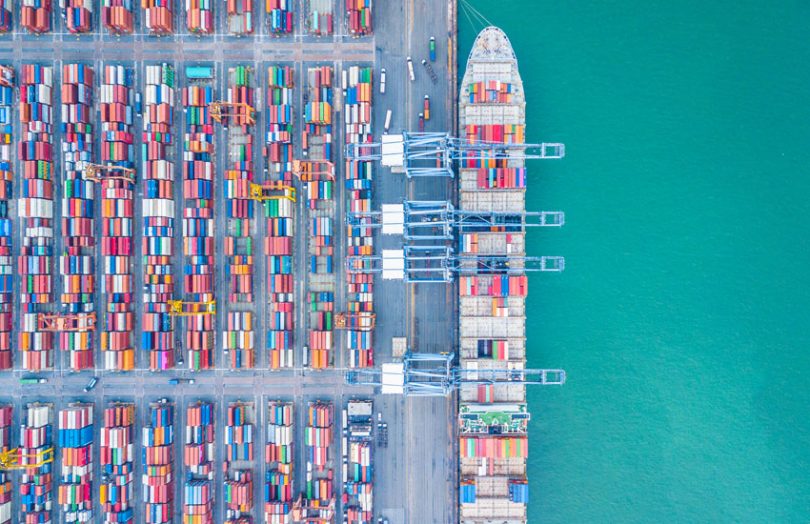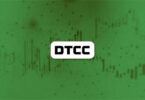Contour, the blockchain network for digitizing letters of credit, is to shutter at the end of the month, as first reported by Global Trade Review. The company was unable to secure additional funding from its backers which included nine banks, most of them systemically important ones.*
In 2019, there were four major blockchain trade finance networks. In June 2022, we.trade went insolvent, followed by Marco Polo in February this year. Komgo is the only one left standing. While not specifically targeting trade finance, IBM and Maersk shuttered TradeLens a year ago.
Earlier this year a source told Ledger Insights that Contour was processing just 60-70 transactions per month, which makes it tricky to sustain.
However, web2 startup accelerator Idealab researched the key factors in startup success, concluding the number one factor is market timing.
Contour was too early
To fully glean the efficiencies from digitizing Letters of Credit, more trade documentation needs to be digital. Blockchain enables automation, but it can only do so much.
The foundational document for Letters of Credit is the bill of lading. In 2021, just 1.2% of bills of lading were electronic, rising to 2.1% in 2022. A major initiative from multiple trade organizations is pushing for electronic bills of lading (eBL). One secured a commitment from most of the large container shipping carriers to digitize half of bills of lading within five years and 100% in ten. Another secured a commitment of 25% by 2025.
Perhaps 2025 is the earliest Contour could have been viable.
Contour CEO Carl Wegner said as much in his Linkedin post. “Digitizing something as complex as trade finance is not a sprint; there have been challenges and lessons learned along the way,” wrote Wegner. “While this was not the outcome we had expected, I truly believe the trade finance industry will continue to evolve over time and see significant progress in digitalization. Hopefully some of the standards being put in place will make it easier for the future pioneers.”
Picking winners
Four years ago, I attended a trade finance conference where the four blockchain trade finance networks were the main event. I couldn’t help myself, but I mentally ranked them, with komgo most likely to succeed and we.trade at the bottom of the pack. At this stage, Contour was yet to be incorporated and was called Voltron.
In the case of we.trade, the fact it was already on its second leader and he was not given the CEO title was a red flag. The banks were too involved and consortia are hard enough as it is.
Komgo was the opposite. The team has a strong leader in CEO Souleïma Baddi. While it grew out of a consortium and was heavily involved with banks, in 2019 the team vocally insisted on running as an independent startup without day-to-day interference from shareholders. Komgo behaved more like a startup than a consortium.
That wasn’t the only reason for picking komgo. Another good sign for a startup is building product-market fit in a niche and expanding from there. Komgo was the sister firm to the oil blockchain network Vakt. That provided it with digital inputs in a strong niche. All the other trade finance networks had broader target markets.
Komgo’s ‘whatever it takes’ attitude is evidenced in two acquisitions so far. In both cases it acquired customer bases and it now processes $1 billion in transactions daily. While komgo still uses blockchain, it’s not quite as front and center. Which is the way it should be.
*Bank investors included Bangkok Bank, BNP Paribas, Citi, CTBC, HSBC, ING, SEB, SMBC and Standard Chartered. Others were R3, Bain & Co and CryptoBLK.






